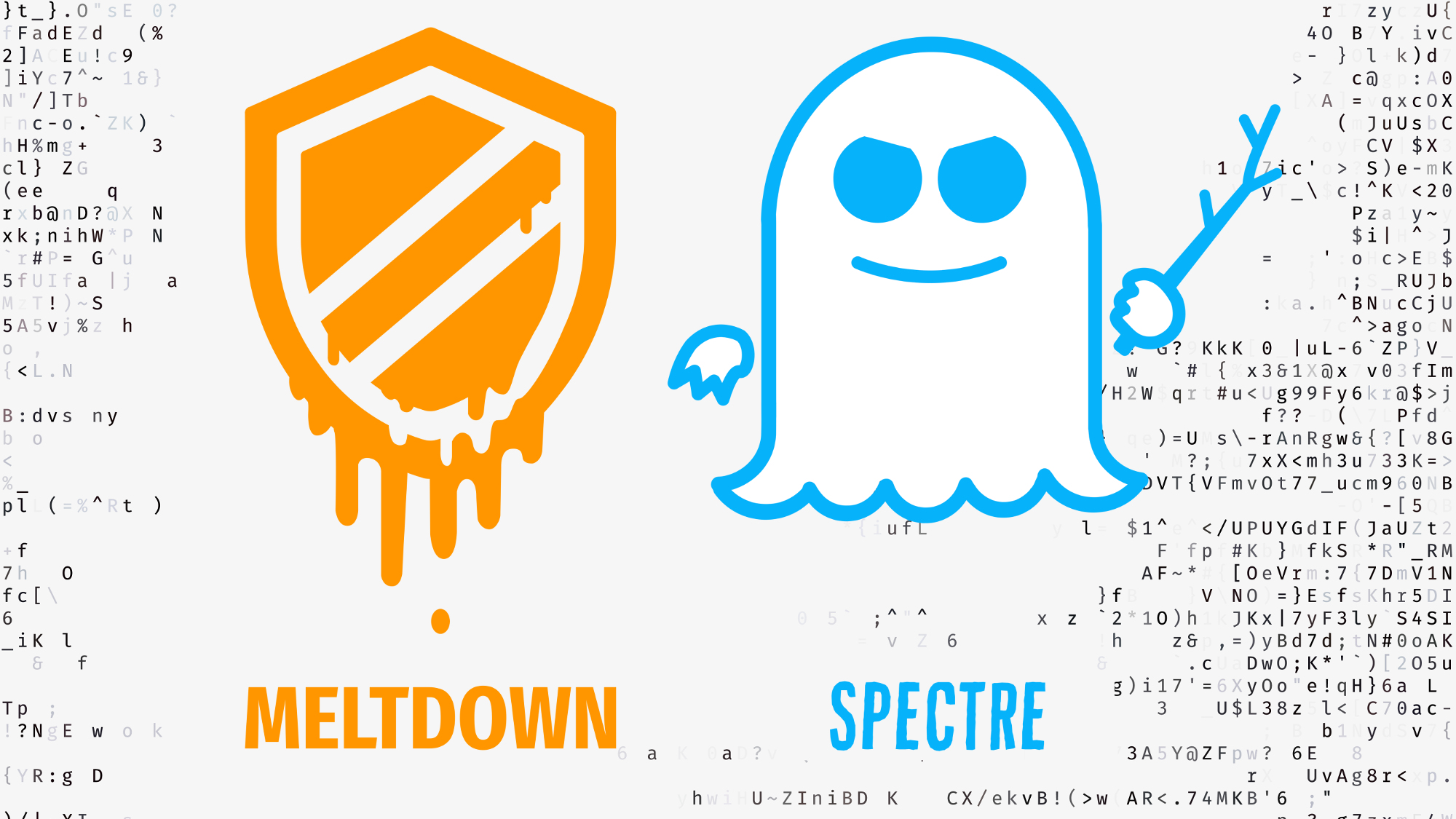Microsoft launches speculative attack bounty programme
Firm offers $250,000 reward for new side-channel attacks


Microsoft has launched a bug bounty programme offering hundreds of thousands of dollars for the most threatening flaws to affect its software in light of the Spectre and Meltdown vulnerabilities.
The limited-time bounty programme is aimed at speculative execution side-channel vulnerabilities. Microsoft said this new class of vulnerabilities was disclosed in January 2018 and represented a major advancement in the research in this field.
It added that in recognition of that threat environment change, it's launching the bounty programme "to encourage research into the new class of vulnerability and the mitigations Microsoft has put in place to help mitigate this class of issues".
The programme will last until the end of the year and will pay up to $250,000 (179,000) for a "tier 1" speculative execution attack. It will also pay up to $200,000 (143,000) for "tier 2" Azure speculative execution mitigation bypass and "tier 3" Windows speculative execution mitigation bypass.
There is also a lesser reward of up to $25,000 (17,900) for an instance of a known speculative execution vulnerability (such as CVE-2017-5753) in Windows 10 or Microsoft Edge. Microsoft said this vulnerability "must enable the disclosure of sensitive information across a trust boundary".
According to Phillip Misner, principal security group manager at the Microsoft Security Response Center, the company expects research is already underway exploring new attack methods.
"This bounty program is intended as a way to foster that research and the coordinated disclosure of vulnerabilities related to these issues," he said.
Get the ITPro daily newsletter
Sign up today and you will receive a free copy of our Future Focus 2025 report - the leading guidance on AI, cybersecurity and other IT challenges as per 700+ senior executives
"Speculative execution side channel vulnerabilities require an industry response," he added. "To that end, Microsoft will share, under the principles of coordinated vulnerability disclosure, the research disclosed to us under this program so that affected parties can collaborate on solutions to these vulnerabilities. Together with security researchers, we can build a more secure environment for customers."
Rene Millman is a freelance writer and broadcaster who covers cybersecurity, AI, IoT, and the cloud. He also works as a contributing analyst at GigaOm and has previously worked as an analyst for Gartner covering the infrastructure market. He has made numerous television appearances to give his views and expertise on technology trends and companies that affect and shape our lives. You can follow Rene Millman on Twitter.
-
 Bigger salaries, more burnout: Is the CISO role in crisis?
Bigger salaries, more burnout: Is the CISO role in crisis?In-depth CISOs are more stressed than ever before – but why is this and what can be done?
By Kate O'Flaherty Published
-
 Cheap cyber crime kits can be bought on the dark web for less than $25
Cheap cyber crime kits can be bought on the dark web for less than $25News Research from NordVPN shows phishing kits are now widely available on the dark web and via messaging apps like Telegram, and are often selling for less than $25.
By Emma Woollacott Published
-
 The threat prevention buyer's guide
The threat prevention buyer's guideWhitepaper Find the best advanced and file-based threat protection solution for you
By ITPro Published
-
 Supply chain as kill chain
Supply chain as kill chainWhitepaper Security in the era Zero Trust
By ITPro Published
-
 Microsoft under fire for “negligent” security practices in scathing critique by industry exec
Microsoft under fire for “negligent” security practices in scathing critique by industry execNews Microsoft took more than 90 days to issue a partial fix for a critical Azure vulnerability, researchers found
By Ross Kelly Published
-
 Apple patches zero day linked to spyware campaign
Apple patches zero day linked to spyware campaignNews Kaspersky researchers were the first to report a zero day used in a sophisticated attack chain
By Rory Bathgate Published
-
 MOVEit cyber attack: Cl0p sparks speculation that it’s lost control of hack
MOVEit cyber attack: Cl0p sparks speculation that it’s lost control of hackNews The hackers return with their second major data-extortion attack of 2023, but may have bitten off more than they can chew
By Connor Jones Published
-
 Microsoft says it knows who was behind cyber attacks on MOVEit Transfer
Microsoft says it knows who was behind cyber attacks on MOVEit TransferDozens of organizations may have already lost data to hackers exploiting the critical flaw
By Rory Bathgate Published
-
 Trend Micro security predictions for 2023
Trend Micro security predictions for 2023Whitepaper Prioritise cyber security strategies on capabilities rather than costs
By ITPro Published
-
 Windows, macOS, and Tesla exploits debuted at Pwn2Own hacking contest
Windows, macOS, and Tesla exploits debuted at Pwn2Own hacking contestNews Researchers took home more than $375,000 in winnings on the first day of the competition
By Ross Kelly Published